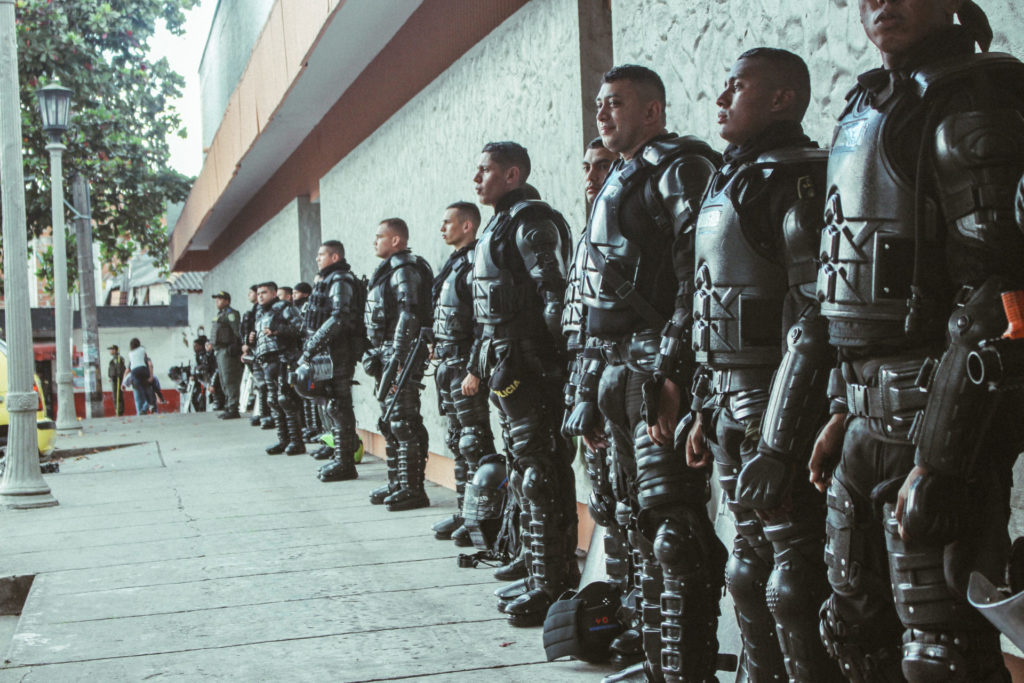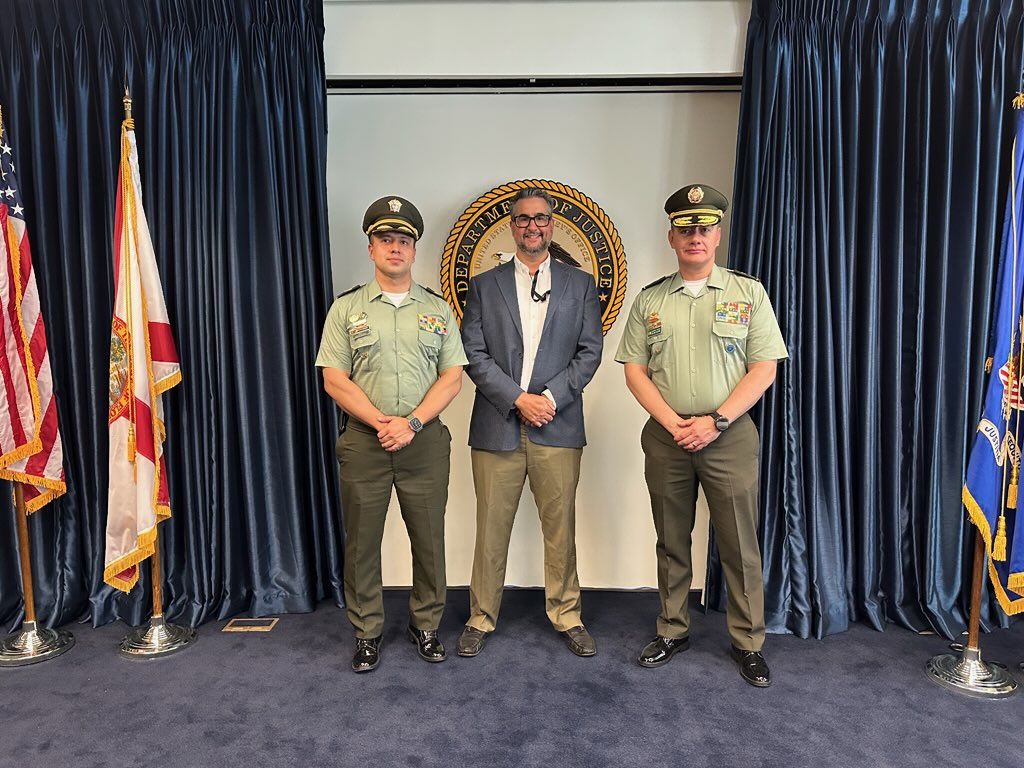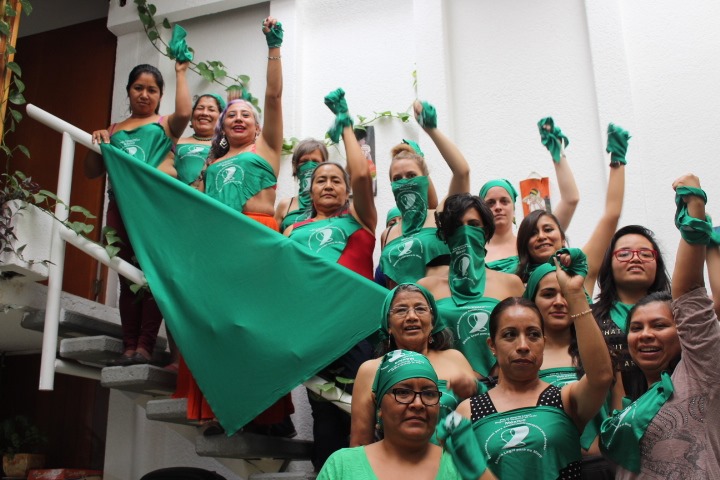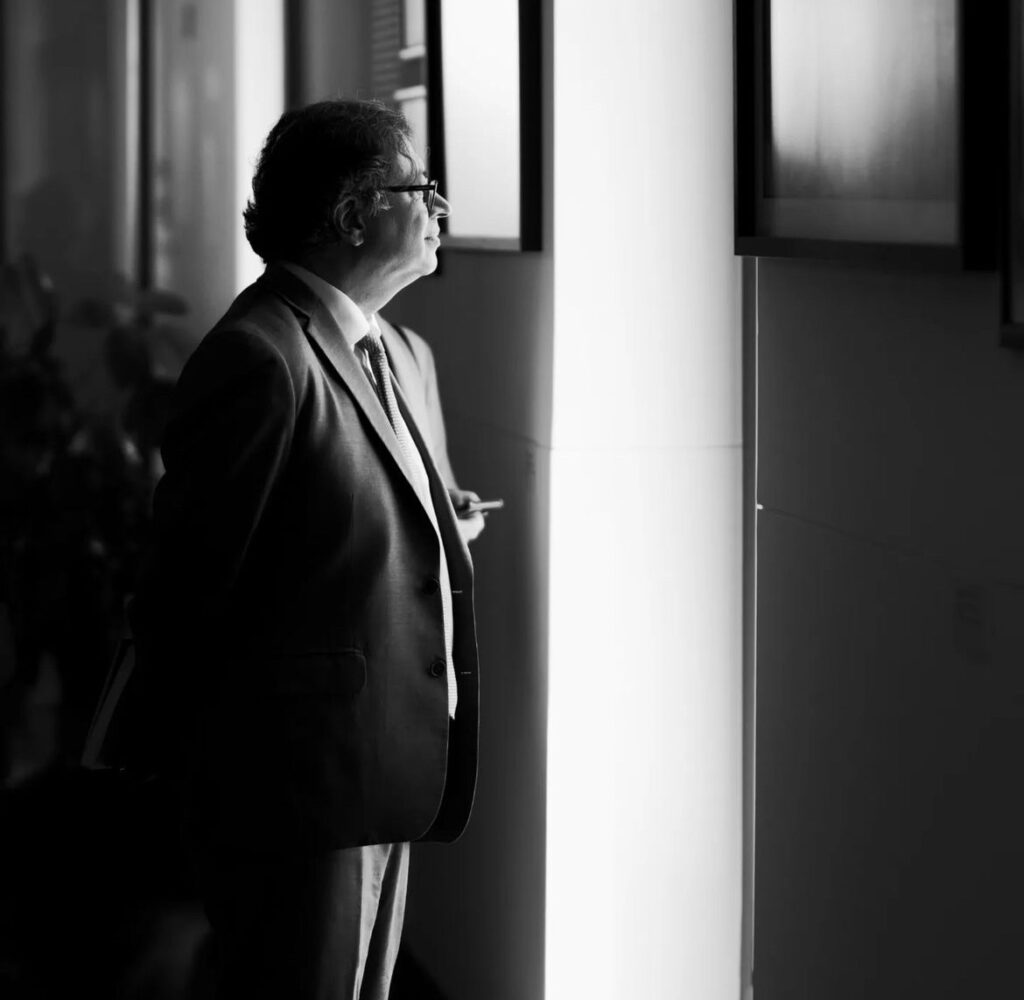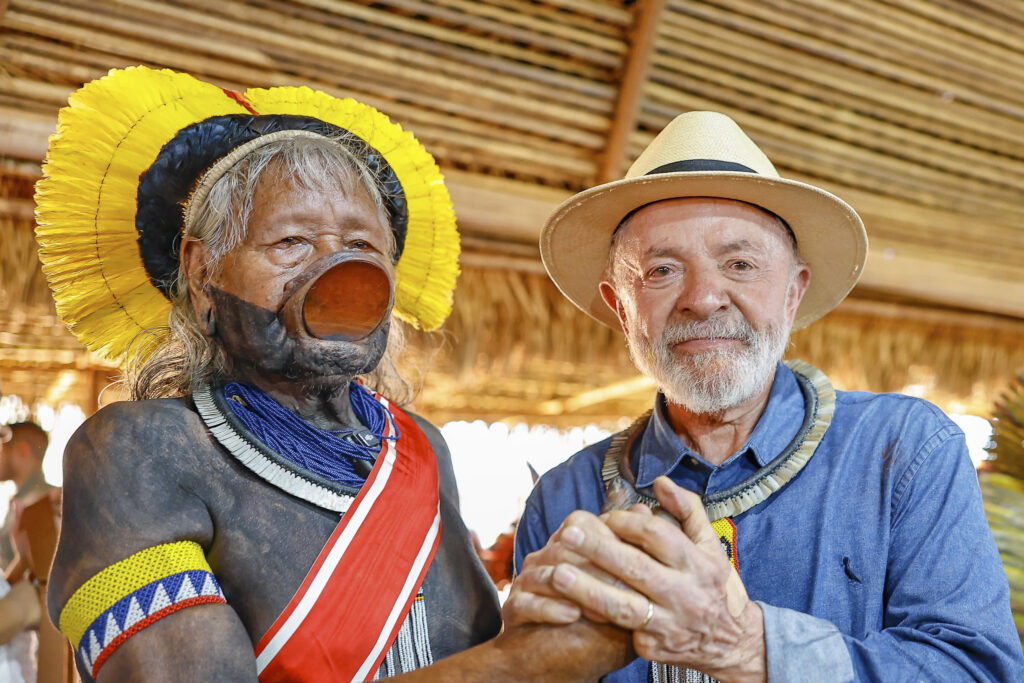Protests sweeping the Latin American continent have have taken their toll. In Chile, Ecuador, Bolivia, and now Colombia, social unrest has resulted in thousands of injuries and over 50 deaths.
According to Reuters, Chilean President Sebastián Piñera has said that there will be no impunity for security officials who use excessive force, but added that protesters will also have to face consequences for their actions. Despite international human rights entities calling for police reform and condemning abuses of power, Piñera has asked lawmakers to allow him to put put military back on the streets. El País reported that public opinion platform Cadem showed 67 percent of Chileans want protests to continue, as the government has not yet met their demands of increased social equality.
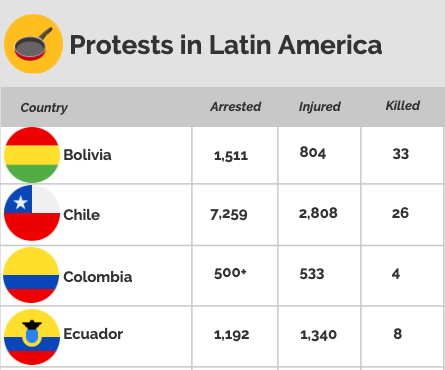
Data from Ecuador’s Ombudsman, Chile’s INDH, Bolivia’s Ombudsman and the BBC. Infographic made with Venngage, Logos from FlatIcon
Ecuador’s protests have ended, but accusations of brutal repression by police was a recurring theme during the unrest. According to Amnesty International, the Ombudsman of Ecuador reported numerous cases of excessive violence, including torture and the indiscriminate use of tear gas and pellet guns. The international human rights entity called for the Organization of American States to investigate these accusations fully, as Amnesty International’s America’s director worried that “Ecuador is attempting to erase and forget the human rights violations […] one day after suspending the state of emergency.”
Bolivian protests rocked the nation and forced former President Evo Morales to seek political exile in Mexico. Despite numerous accusations of excessive police violence, El Espectador reported that Interim President Jeanine Añez stated publicly that she would absolve security forces of responsibility for their actions when quelling the protests, which led to criticism from Amnesty International and Human Rights Watch. On Saturday, November 23, Añez signed a bill that called for new elections, and since then the protests have died down and some roadblocks across the country have been lifted.
In Colombia, videos uploaded on social media show Colombia’s anti-riot police, the ESMAD, shooting people at point-blank range with what appears to be tear gas canisters, kicking people in the face, and releasing tear gas on peaceful protests. Although it is a minority of security forces using excessive violence, it has given citizens more cause to continue protesting, especially after the death of Dilan Cruz, who according to El Mundo, died after being shot in the head with a tear gas canister.


